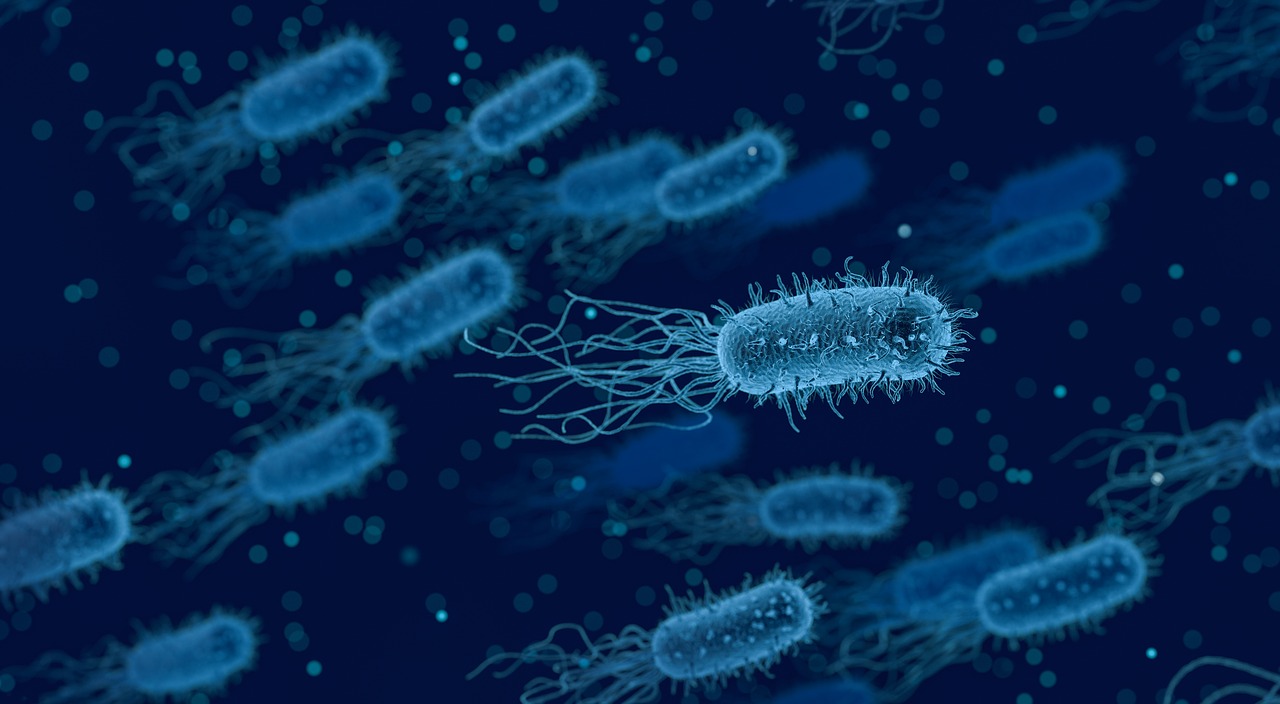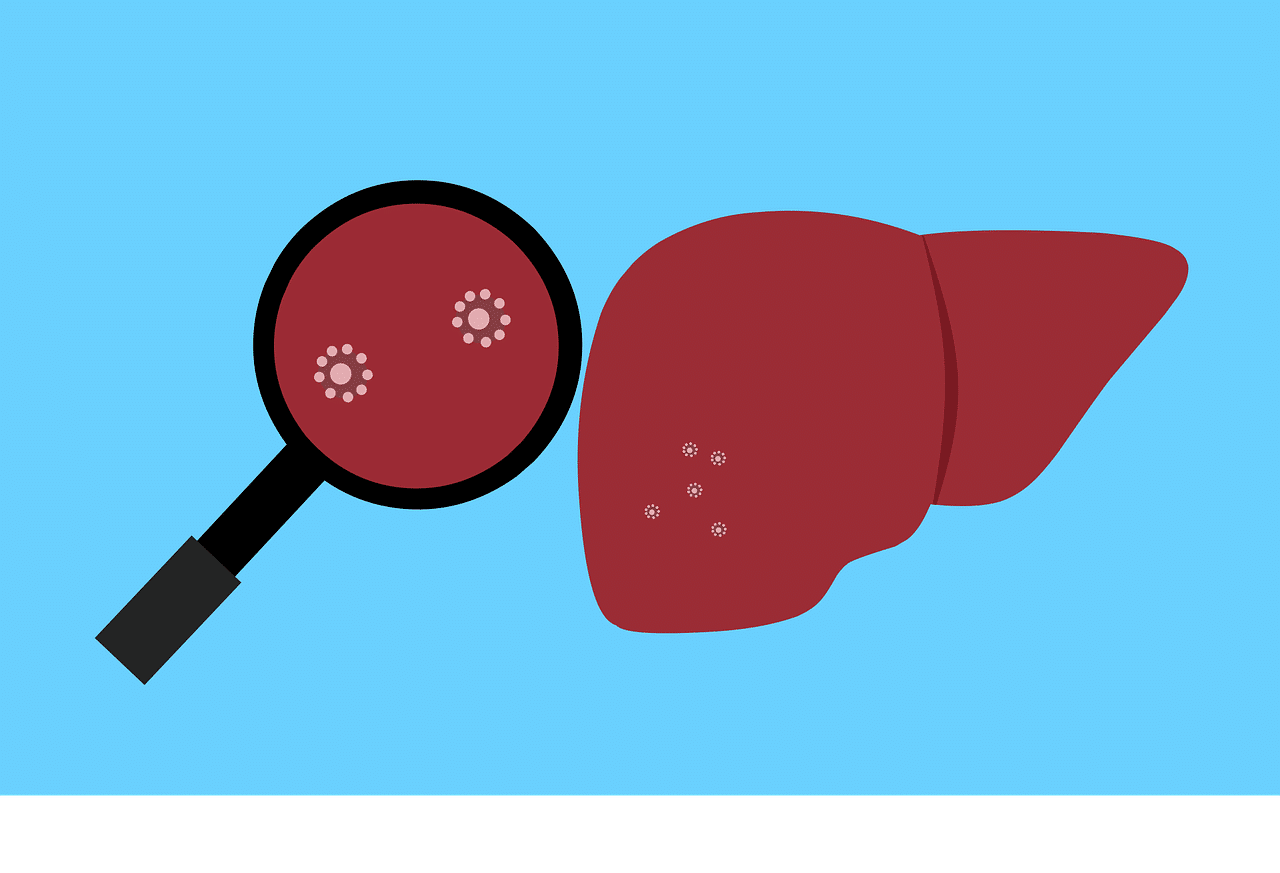More than 10 trillion microbes live inside the human body and are responsible for creating gut microbiota which performs a number of functions for a person. It may sound unbelievable that so many different types of bacteria live inside the human body but not only it is true but their role in controlling heart function or liver function is remarkable. There are so many studies that confirm that gut microbiota and digestive procedures i.e. bowel movement and intensity of appetite are connected. But the new study finds that these microbes actually make up the entire metabolic system.
The complete findings of this study are published in the journal ‘Science’.
The research team from Daniel Mucida’s Laboratory of Mucosal Immunology was able to identify a specific neuron that directly affects appetite, obesity, and blood sugar. This new discovery of the link between gut microbiota and metabolism can help to mend specialized treatments for certain metabolic diseases i.e. diabetes as well as obesity that are otherwise too hard to manage.
Also read- The New Portable MRI Successfully Identifies Certain Abnormalities in the Brain
Based on the information already available, microbes inside the human gut yield metabolites which somehow work like neurotransmitters of the body. Eventually, these metabolites are picked up and noticed by some enteric neurons but how are these two picked up was still a mystery. That’s how the research team got motivated to learn if there is something between the activity of these microbes inside the gut and the food-related behavior of the person such as appetite. This potential role of these microbes is remarkably significant.
Paul Muller who is a fresh graduate from Mucida’s laboratory is the first author and principal investigator of this study. His team members include Fanny Matheis, Marc, and Schneeberger Pané.
The human gut has complex neuronal connections suggesting that it might have a separate nervous system in addition to the nervous system of the body. This whole procedure is so delicately designed that some researchers have even called the human gut as the ‘second brain’.
The neurons inside the gut primarily aid in metabolism using certain molecular cues that are set as per diet as well as currently occupying microbes. Surprisingly, these microbes do not follow a specific follow of distribution. In the first part of the human gut, the duodenum has the least number of microbes than all. It is also the same in the case of hut neurons which made them to another discovery that the location of these neurons and the proteins that are made in every segment of the gut differ in their specific functions.
These results suggest that gut microbiota is the one that is responsible for the regional differences among the neurons inside the digestive system. The research team verified this by running tests on mice given with antibiotics. As the number of microbes in mice was reduced, they also experienced a reduction in their neurons suggesting these two are much more than just linked.
But the role of neurons on sugar levels was still not clear which is why they conducted more tests that could manipulate some neurons in mice. When they activated some of these neurons, mice showed more appetite with a definite increase in their sugar levels. Likewise, reducing or eliminating the neurons brought entirely opposite effects.
This blood sugar regulation appears to be self-governing with no connection to the brain. This study presents that maybe it is direct coordination between the organs participating in digestion i.e. gut, liver, and pancreas. If this is true, it can change the therapeutic choices for many metabolic diseases even diabetes.


